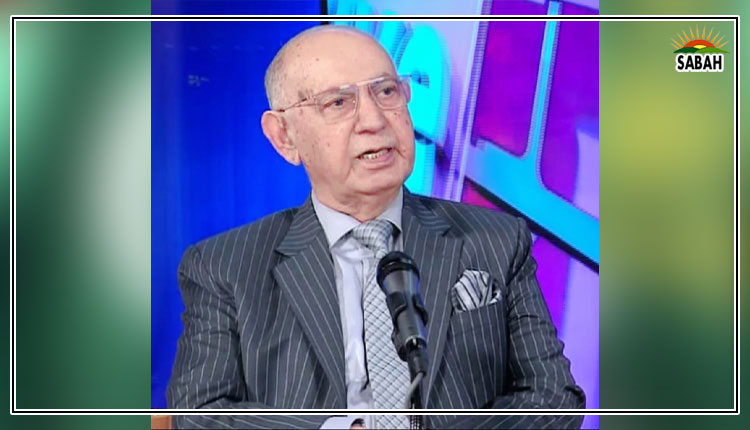Failing schools…Neda Mulji
LAST month, I was conducting teacher training sessions in multiple cities, and what stood out glaringly through all the workshops was the teachers hunger to learn, improve the systems within which they teach, and make a positive change in their students lives. Yet, there was a paradoxical despondency. So I stopped and asked: what is it that is not working in our schools,? After all, teachers are willing and able to learn, and they now have exposure to different school systems on the internet where they can have access to global curricular, pedagogical frameworks, teaching resources and educational technology.
Yet we dont give our students a stimulating learning experience. Most drag through the day struggling to chase grades, and the despondency continues indefinitely.
What is not working is obvious and reformable. Much as the teachers may like to teach through hands-on activities in the classroom, the curriculum does not often support new pedagogy. Schools that are teaching from books that were relevant decades ago cannot hope to match contemporary pedagogy with archaic content.
Secondly, the school systems cannot sustain overcrowded classrooms. More than a few students will slip through the cracks. Even teachers with super-human skills cannot manage to take along 50-70 students single-handedly unless we have sophisticated technological learning systems.
What is not working is obvious and reformable.
Gender inequality also threatens to defeat our school systems, especially in secondary schools, where girls start dropping out. The overwhelming majority of boys in each class overshadows the girls voices and representation, ultimately staining their learning experience with quiet compliance rather than feisty interrogation and exploration, which is every childs right.
Rampant bias, often among students, marginalises students who not only struggle to focus on their studies but also get embroiled in an attempt to belong. Where students have to brace themselves for emotional turbulence on a daily basis, academic achievement can become a very evasive pipe dream. Its no secret that issues such as bullying, favouritism, violence, lack of equal treatment or categorising students as difficult, problem children or under-achievers can lead to poor educational outcomes.
School systems also show signs of decay when the faculty and management cannot get along, respect and trust each other. As students often mirror their educators, the values of mistrust or friction that they imbibe often surface in their interaction at every level amongst themselves.
The significant markers of failing school systems is that they inhibit performance, achievement and growth by creating obstacles that threaten to choke progress. Performance inhibitors may be small yet significant patterns that are seen in classrooms and the school environment at large. However, these challenges are not that difficult to overcome they dont demand excessive time or investment of resources. What they do need is immediate action with a commitment to sustained change.
Action for change would involve looking closely at the holistic student experience at school and considering ways in which learners can be served in an inclusive and communicative environment where they can voice their challenges and know that there are processes in place that will be managed by the adults responsible for their learning and growth.
When students feel unsafe in an environment where they are being targeted by peers, they need to know that there is a system in place for them to get help. Asking for help is not always easy for children or adults, and intervention processes can mitigate some of the repercussions that students face when they suffer silently.
Failing schools are not necessarily marked by a high dropout rate. In fact, many parents who are unhappy with a school system are often unable to move their children to a better quality one because of the financial implications of withdrawing from one school and registering in another. Similarly, teachers who are unhappy with the school environment may not be able to change schools due to geographical and other constraints. And so the status quo persists.
Some failing schools may have fabulous infrastructure, technological facilities, classrooms brimming with students and all these optics may be misleading. The real story often hides within the painted walls and the neat uniforms. Very often, its just a few building blocks holding together a system that is struggling with its own lack of self-regulation.
So, unless schools have strong leadership with a vision and expertise to pave the way for stability and growth, they may find themselves indefinitely teetering on the brink of collapse.
Courtesy Dawn












